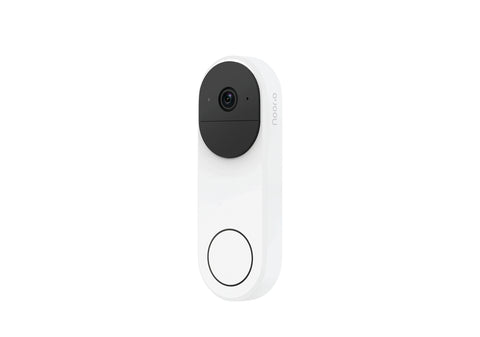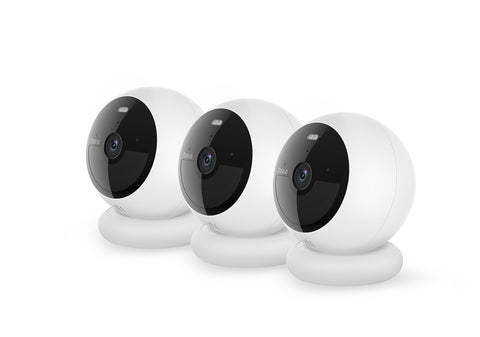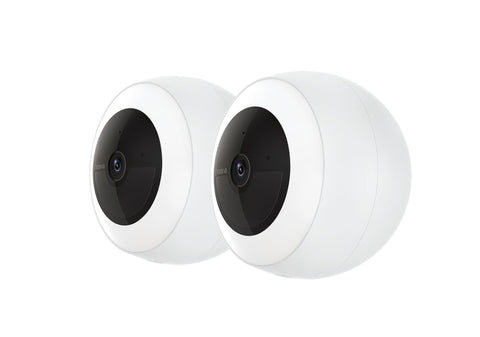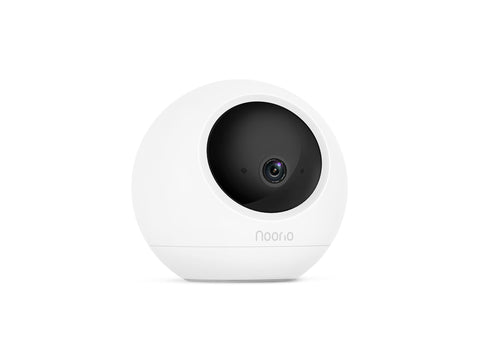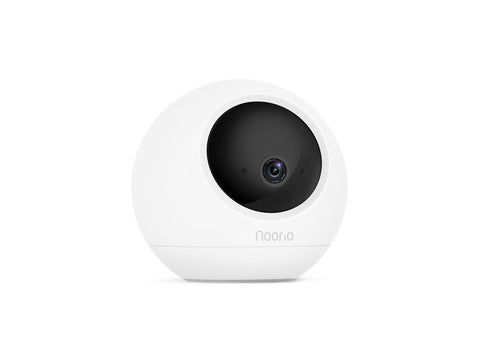When setting up a network for your security cameras, choosing the right networking device is crucial to ensure optimal performance and reliability. Two common options for connecting multiple devices to your network are Ethernet splitters and switches. Both serve similar functions but have distinct differences that can impact the efficiency of your security camera system. In this article, we'll compare Ethernet splitters and switches, focusing on their suitability for connecting Noorio Wireless Security Cameras to your network.
Ethernet Splitter:
An Ethernet splitter, also known as a network splitter or Ethernet hub, is a simple device that divides a single Ethernet connection into multiple ports. It allows you to connect multiple devices to a single Ethernet cable, effectively expanding the number of available Ethernet ports without the need for additional wiring. Here are some key characteristics of Ethernet splitters:
Pros:
-
Cost-Effective: Ethernet splitters are generally more affordable than switches, making them an attractive option for budget-conscious users.
-
Simple Setup: Ethernet splitters are easy to install and require minimal configuration. They typically do not require power adapters or complex setup procedures, making them suitable for straightforward networking applications.
-
Space-Saving: Ethernet splitters are compact and space-saving, making them suitable for installations where space is limited or where discreet placement is desired.
Cons:
-
Limited Bandwidth: Ethernet splitters divide the available bandwidth among connected devices, potentially leading to decreased network performance, especially when multiple devices are simultaneously transmitting data.
-
No Intelligent Switching: Ethernet splitters lack the intelligent switching capabilities of switches, resulting in less efficient data transmission and potential network congestion.
-
Limited Expansion: Ethernet splitters have a finite number of ports, limiting the scalability and expandability of your network. If you need to connect additional devices in the future, you may need to purchase additional splitters or consider alternative solutions.
Ethernet Switch:
An Ethernet switch is a more advanced networking device that connects multiple devices within a local area network (LAN) and intelligently manages data traffic between them. Unlike splitters, switches have the ability to direct data packets to specific devices, improving network efficiency and performance. Here are some key characteristics of Ethernet switches:
Pros:
-
High Performance: Ethernet switches offer higher performance and throughput compared to splitters, thanks to their intelligent switching capabilities. They can handle simultaneous data transmissions more efficiently, resulting in faster network speeds and reduced latency.
-
Scalability: Ethernet switches typically come in various port configurations, allowing for scalability and expansion as your network grows. You can easily add more devices to your network by connecting them to available switch ports.
-
Improved Security: Ethernet switches provide better security features, such as MAC address filtering and VLAN support, which help prevent unauthorized access to your network and protect sensitive data.
Cons:
-
Higher Cost: Ethernet switches are generally more expensive than splitters due to their advanced features and capabilities. However, the increased performance and scalability may justify the higher upfront cost for users with demanding networking requirements.
-
Complex Setup: Ethernet switches may require more configuration and setup compared to splitters, especially for advanced networking features such as VLANs and Quality of Service (QoS). Users may need to have some networking knowledge or seek assistance from IT professionals for proper configuration.
-
Power Consumption: Ethernet switches require power to operate, either through a dedicated power adapter or Power over Ethernet (PoE) if they support PoE functionality. This additional power requirement may be a consideration for users looking to minimize energy consumption or operate in remote locations.
Choosing the Right Device for Noorio Wireless Security Cameras:
When selecting between an Ethernet splitter and a switch for your Noorio Wireless Security Cameras, consider factors such as the number of cameras you need to connect, your budget, and your networking requirements. If you have a small number of cameras and are looking for a cost-effective solution with simple setup, an Ethernet splitter may suffice. However, if you have a larger number of cameras or require higher performance and scalability, investing in an Ethernet switch is recommended for better network management and efficiency.
In conclusion, both Ethernet splitters and switches have their own advantages and considerations, and the choice between them depends on your specific networking needs and preferences. Noorio Wireless Security Cameras can be effectively connected using either device, providing reliable surveillance coverage for your home or business. By understanding the differences between Ethernet splitters and switches and evaluating your requirements, you can make an informed decision and ensure optimal performance for your security camera system.
